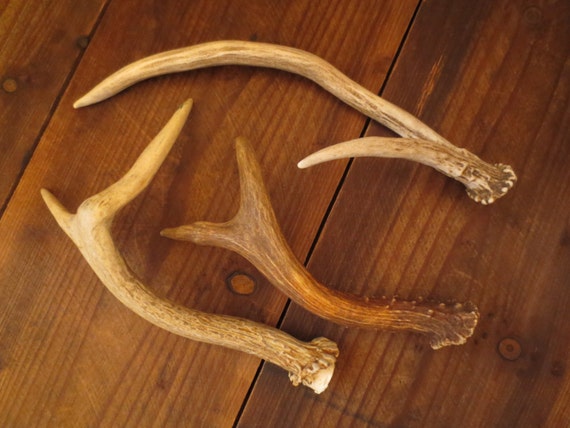
Either injury could result from a self-inflicted mishap or from a brawl with another buck prior to or during the breeding season. This “dirty” departure could be the result of either a pedicle injury or perhaps even a skull (cap) injury at some point in the past. This is usually a clean separation, but sometimes it’s not. When a buck sheds his antlers in the late winter or early spring the attachment point between the pedicle and the antler is where they detach. All normal bucks have two of them, one for each antler. Pedicle, Skull Injury and Spike on One SideĪ pedicle is the location on top of a buck’s head from which the antlers grow. Again, an injury to the back legs will be more detrimental to a buck’s antlers in the near term, and depending on how well it heals, could impact antler growth for the remainder of the buck’s life. However, a buck’s antlers will often normalize in subsequent years as the fracture heals and the minerals are more effectively mobilized.įront leg fractures will effect antler development on the same side as the break, whereas hind leg fractures will impact antler growth on the opposite side. A fractured leg will often lead to deformed, non-typical antlers, and maybe even result in a buck with a spike on one side. A deer’s leg bones are huge sources of minerals and the hind legs even more so than than the front legs.

Larger (long) bones are more important to antler development because of the amount (percent) of minerals they contribute to a buck’s antler growth. As a result, any broken bones can potentially disrupt the ability for the body to transfer those minerals from one part of the body to where they are needed, on top of the buck’s head. The minerals necessary for a buck’s antler growth are extracted from mineral reserves stored in other parts of the deer’s skeletal system. These bones/antlers are grown every year and like other bones are comprised primarily of minerals. The antlers found on the top of a buck’s head are true bone. The bucks I’m talking about are middle-aged deer 3 and 4 year old bucks with lots of promise on one side and nothing but disappointment on the other. Of course, some yearling bucks will have unbranched antlers (one side or both), but only very rarely do spike bucks actually remain spikes after their first set of antlers. And I’m not just talking about 1 1/2 year old (yearling) bucks. Most of these deer have been bucks with a normal antler on one side and then an unbranched antler (spike) on the other. Whether you are actively managing the white-tailed deer living on your own property or considering culling some select deer off your hunting lease, it pays to know a little bit about deer antlers and their growth before you pull the trigger.įor whatever reason, this year I have seen more bucks with asymmetrical antlers than ever before. Some of the more popular campfire discussions usually involve talking about antlers, which bucks to shoot or not shoot, and whether or not odd antler configurations on specific deer were caused by poor genetics or by an injury during antler development.


There are many factors to consider when it comes to management of white-tailed bucks during the deer hunting season.


 0 kommentar(er)
0 kommentar(er)
